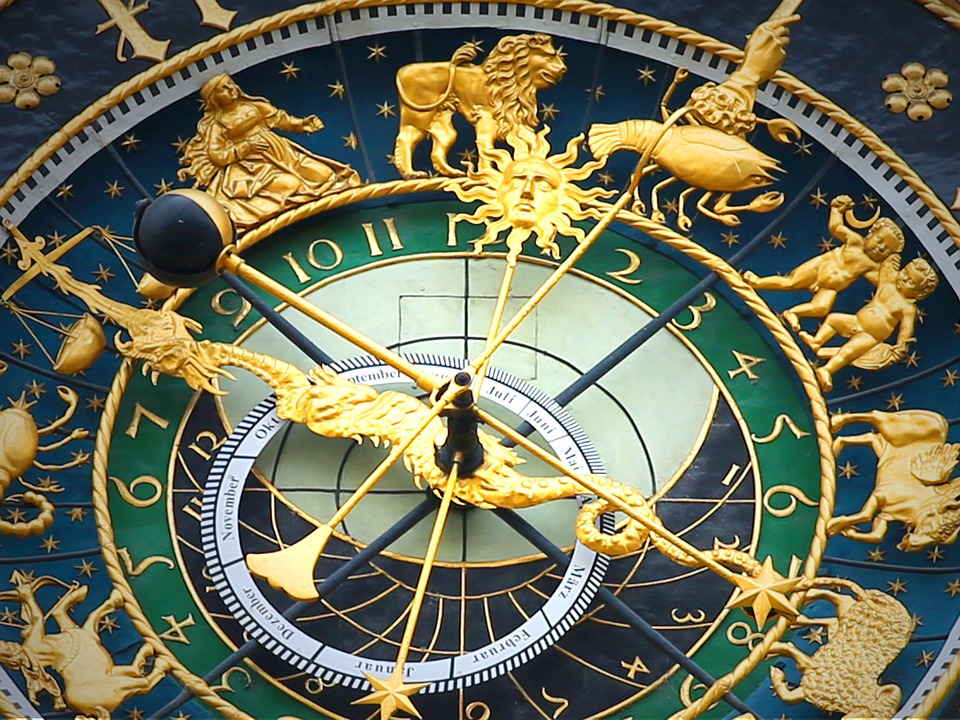Stargazing: A Beginners Guide to Star Signs
Astronomy and astrology are two subjects that have long been entangled with each other. For stargazing, stars have been grouped into constellations to help astronomers identify which stars initially, but now it is helpful for all stargazers. So, if you’re beginner to stargazing and you’re interested in astrology at the same time, take a look at these tips to spot these twelve zodiac constellations that might come in handy on your first night out:
Aries Constellation
To spot the Aries constellation, note that it is most visible in November. To locate Aries, start with looking for a crooked line of three bright stars that are not far away from the Pleiades cluster. Also, note that you can usually find it if you spot either Taurus, Pisces, and Cetus because these constellations bound it.
Taurus Constellation
To spot Taurus, schedule your calendar starting from late October to early November. During these times, direct your attention to the sun's path. Since its neighboring constellations involves Orion, advanced stargazers use Orion's belt as a guide to finding Taurus. Once you've located a V-shaped pattern of stars that look like they have horns extending across the sky, then you have likely spotted it.
Gemini Constellation
To locate Gemini, being by finding Orion around December, but not later than April. The constellation is relatively easy to find because it resembles two stick figures with outstretched arms that touch. To find such, locate two bright stars that can serve as the twins, and the rest is relatively easy to trace from there.
Cancer Constellation
To spot Cancer, be on the lookout in the early spring if you are in the Northern Hemisphere, but be active during autumn if you are in the Southern Hemisphere. It is usually the most visible in March at around 9 PM. Visually, try to find a flipped-over Y, but do note that it is impossible to see Cancer with the naked eye or even with the aid of binoculars.
Leo Constellation
To spot Leo, note that it is most visible in the Northern Hemisphere around the spring equinox, and it can be easily spotted throughout May. Leo neighbors Cancer to the west and Virgo to the east. Please do note that it can be best seen in April at around 9 PM. Visually, you can spot it by locating the sickle, which Regulus represents, then connect it with Al Geiba to form Lion's mane, then the Denebola, which forms the tail of the Lion.
Virgo Constellation
Virgo is very easy to spot due to its size. Virgo is most visible in the northern hemisphere from mid-March to late June, while in the southern hemisphere, it can be seen in autumn and winter. To spot Virgo, first, identify where the Big Dipper is. Connecting from the arc of the handle, visualize a curved line drawn from the end of the Dipper to Arcturus, then extend that line through Spica (which is Virgo's brightest star). From there, you can quickly form the figure.
Libra Constellation
The Libra is almost constantly there in the evening sky in the summer of the northern hemisphere or the winter of the southern hemisphere. To spot Libra, you need to locate Spica and Antares because two Libra stars (Zubenelgenubi and Zubeneschamali) make them relatively easy to connect once found in between Spica and Antares.
Scorpius Constellation
Scorpius is most visible by directing your vision to the south at around 10 PM during July and August (northern hemisphere), and it usually remains visible until mid-September. To spot Scorpius, by looking south towards the Milky Way and working your way up from there. Scorpius is relatively easy to spot because of the distinct bright Red Star, Antares, being in its center.
Sagittarius Constellation
In the northern hemisphere, Sagittarius is most visible in the southern part of the sky from around July to August, extending into early September. Conversely, it is visible in the northern part of the sky in countries south of the equator. To spot Sagittarius, you need a relatively dark place because it's easy to locate the band that's lit by stars. The constellation is very hazy, so when you see a haze of countless stars in the Milky Way just before it reaches the southern horizon, then that's Sagittarius.
Capricornus Constellation
Capricornus is most visible in the early evenings in September and October. In the southern hemisphere, Capricornus presents itself in an upside-down manner. Visually, the best way to find Capricornus is to familiarize yourself with the Summer triangle star Deneb, then draw a line from Vega down to Altair, then striking through that would be Capricornus.
Aquarius Constellation
Aquarius is best seen during autumn (Northern Hemisphere) and spring (southern hemisphere). Location-wise, look to the east of Capricornus, then you'll find it, or you can use the Great Square of Pegasus to help you locate this faint group of stars.
Pisces Constellation
Look out for the Pisces constellation during October and November or late in September. To find Pisces, you must be familiar with the Great Square of Pegasus. Once you've familiarized yourself with that, look for the "Circlet of Pisces" downward the Square of Pegasus. Next, locate the other fish by moving upward east the Square of Pegasus. If you've formed an elegant V, then you've got Pisces.

